
Cotton swabs are useful precision tools for technicians and operators to perform delicate and meticulous tasks such as precise cleaning, repair and assembly. Types of cotton swabs range from inexpensive cotton swabs on wooden sticks to sophisticated cleanroom materials with specialized head designs. However, there is an often unstated risk when using cotton swabs on sensitive electronic circuit boards - electrostatic discharge (ESD).
What is electrostatic discharge (ESD)?
As defined by the EOS/ESD Association, ESD is "the rapid, spontaneous transfer of electrostatic charge induced by a strong electrostatic field... Normally, the charge flows through a spark between two bodies with different electrostatic potentials when they approach each other."
Electrons are constantly exchanged when objects come into contact with each other. Problems arise when the materials involved do not easily allow the flow of electrons and equilibrium is not achieved. These materials are known as insulators and tend to collect electrons, which form negatively charged "hotspots" on their surface.
When these charged hotspots come into close proximity (not necessarily direct contact) with another object, a sudden exchange or "discharge" can occur, where electrons are suddenly exchanged to restore balance. This event is called an "electrostatic discharge" or "ESD".
Electrostatic discharge happens all the time, especially in dry climates and during the winter months when there is no moisture in the air to dissipate the excess electrons (water is conductive and allows electrons to flow more easily). Normally it is nothing more than a nuisance, but with sensitive electronics it can cause circuit board failures.
When handling insulating materials such as typical polypropylene cotton bud handles, a worker can generate thousands of volts. SMOS logic devices can be damaged by as little as 250-3000 volts, EPROM devices by 100 volts, and microprocessor chips by as little as 10 volts. Damage can disrupt functions or cause intermittent problems, and it can be either catastrophic (immediate) or latent (later, e.g. as a "field failure"). (Source: Phil Storr's PC Hardware Book)
How do standard cotton buds generate electrostatic discharge (ESD)?
If the cotton bud head is impregnated with a solvent, the static charge can be avoided as the liquid is often conductive. The handles of cotton buds, on the other hand, are often made of synthetic materials and tend to generate and store a static charge. Cotton bud handles are often made of polypropylene or nylon, both of which are insulating.
As the fingers and hand come into contact with the cotton swab handle, the friction creates a static charge. These excess electrons collect on the material of the handle and do not flow easily to earth, even if the operator wears a wrist strap.
When natural materials are used to make the cotton swab, such as wooden sticks and cotton headed cotton swabs, static electricity is less of a problem. These materials are generally considered "static neutral" as they easily absorb ambient moisture from the air, which helps to prevent static build-up and discharge.
This table provides a brief overview of the different types of cotton buds, their areas of application and the special features of each model:

| Item number | Cotton swab type | Description |
|---|---|---|
| 49250ESD | Large foam cotton bud | A versatile cotton swab used for cleaning larger surfaces or applying coatings, glue or grease. Made from highly absorbent polyurethane foam (100ppi). |
| 44070ESD | Pointed foam cotton bud | This cotton bud has a pointed shape that makes it possible to get into tight areas and corners. |
| 21050ESD | Wrapped foam cotton bud | The wrapped design enables a 360° usable surface, which is particularly advantageous when cleaning or applying materials in narrow holes. |
| 36060ESD | Sealed polyester cotton swab | In applications where particles must be minimized or the cotton swab head is exposed to aggressive solvents, a knitted polyester cotton swab is a good choice. |
| 51121ESD | Sealed polyester cushion tip cotton swab | This version of a wrapped cotton swab has a larger surface area and is often used for polishing optical mirrors. It has the advantage of a seamless design that is gentle on delicate surfaces. |
Coventry™ ESD Control cotton buds
ESD-safe cotton swabs are available from Coventry™, the premium cleanroom brand from Chemtronics®. The cotton swab handles are made of a proprietary static dissipative material that allows excess electrons to flow away. So when the operator is grounded with a wrist strap, hot spots and electrostatic discharges are avoided.
Static dissipative (Coventry ESD Control cotton swabs) - surface resistivity at least 1 x 10^5 Ohm/sqm, but less than 1 x 10^12. Electrons flow easily to avoid both sudden discharges and charged hotspots.
Insulating (standard cotton bud handles) - surface resistivity at least 1 x 10^12 Ohm/sqm. Electrons do not flow easily, so that charged hotspots can form on the cotton bud sticks.
With a total of 12 variants of ESD Control cotton swabs, the Coventry cotton swab range offers the ability to replace all the cotton swabs currently used in your facility when handling sensitive electronics. While these cotton swabs are typically more expensive, the price is negligible compared to the cost of PCB failure issues, rework, product returns and loss of customer confidence.
We offer a large selection of swabs and cleaning sticks, both online and outside of our store. In our range you will find ESD-safe and non-ESD swabs in various shapes and sizes, which are suitable for a wide variety of applications - whether for cleaning sensitive electronics or for other specialized tasks.
Please note that we carry many other products that are not displayed in our online store. If you are looking for something special, we will be happy to help you.
Do you have any questions or need help choosing the right product? Our team is here for you and will be happy to help!
-
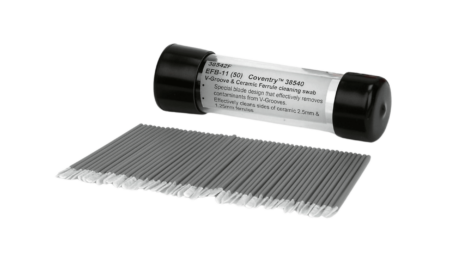
38542F
Chemtronics fiber optic cleaner, cotton swabs, 1mm, 50 piecesCHF 10.50Available to order -
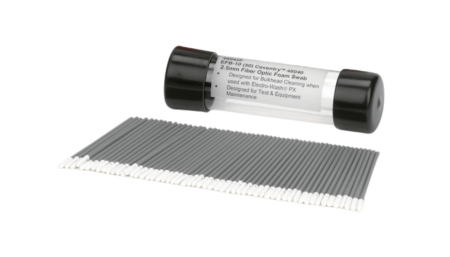
48042F
Chemtronics fiber optic cleaner, cotton swabs, 2.5mm, 50 piecesCHF 15.50Available to order -
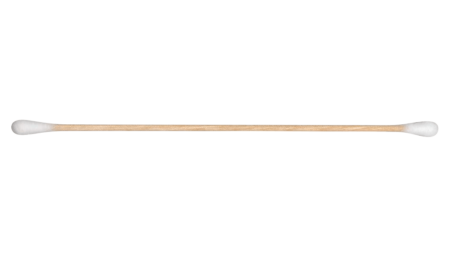
CT200
Chemtronics 4.8 mm double swabs made of 100% pharmaceutical cotton (100 pcs.)CHF 8.8024 Available immediately -
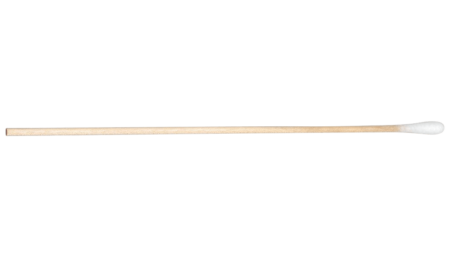
CT100
Chemtronics 4.8 mm swabs made of 100% pure pharmaceutical cotton (100 pcs.)CHF 8.0047 Available immediately -

44070
Chemtronics swabs, polyurethane foam, 2.7mm x 80mm (500pcs.)CHF 64.00Available to order -

CCT2425
Chemtronics 75 mm handle, double pointed head, 3 mm pointy tipCHF 2.40199 Available immediately -
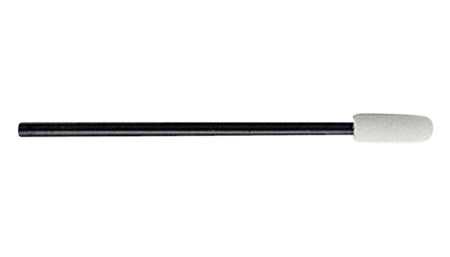
CF4050
Chemtronics 4.8 mm, foam swab, polypropylene handle (50 pcs.)CHF 24.50Available to order -
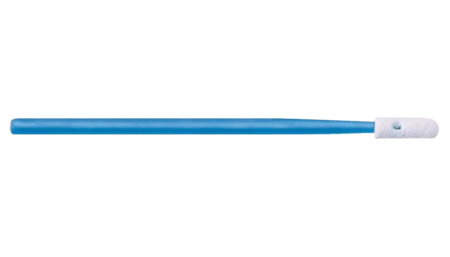
41050ESD
Chemtronics ESD swabs, 3.5 x 72mm (500pcs.)CHF 145.007 Available immediately -
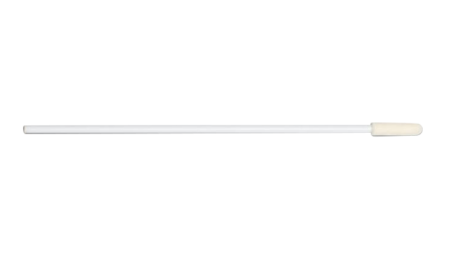
CF3050
Chemtronics 6.3 mm, foam swab, polypropylene handle (50 pcs.)CHF 23.50Available to order -

CCF2050
Cleaning swabs, 130mm, foam, pack of 50, ChemtronicsCHF 34.8055 Available immediately -
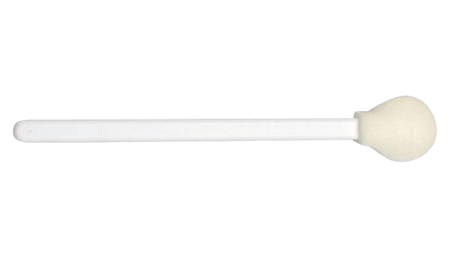
CF1050
Chemtronics 20.8 mm, foam swab, polypropylene handle (50 pcs.)CHF 33.00Available to order -
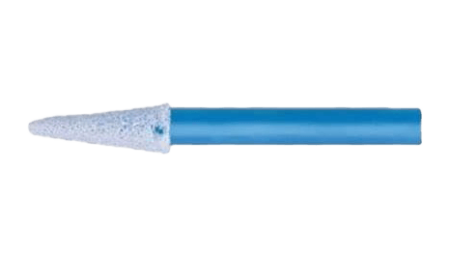
44070ESD
Chemtronics swabs, ESD, 3.3mm, foam, polypropylene, 80mm handle (500pcs.)CHF 135.003 Available immediately -
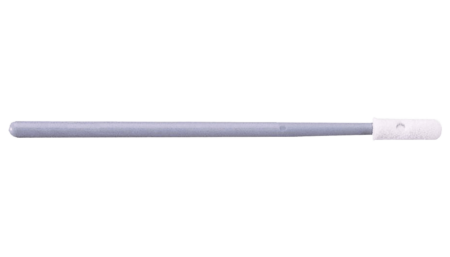
41050
Chemtronics swabs, polyurethane foam, polypropylene handle, 3.5 x 72mm (500pcs.)CHF 60.00Available to order -

ASBU000
Safebuds - cotton cleaning sticksCHF 37.508 Available immediately